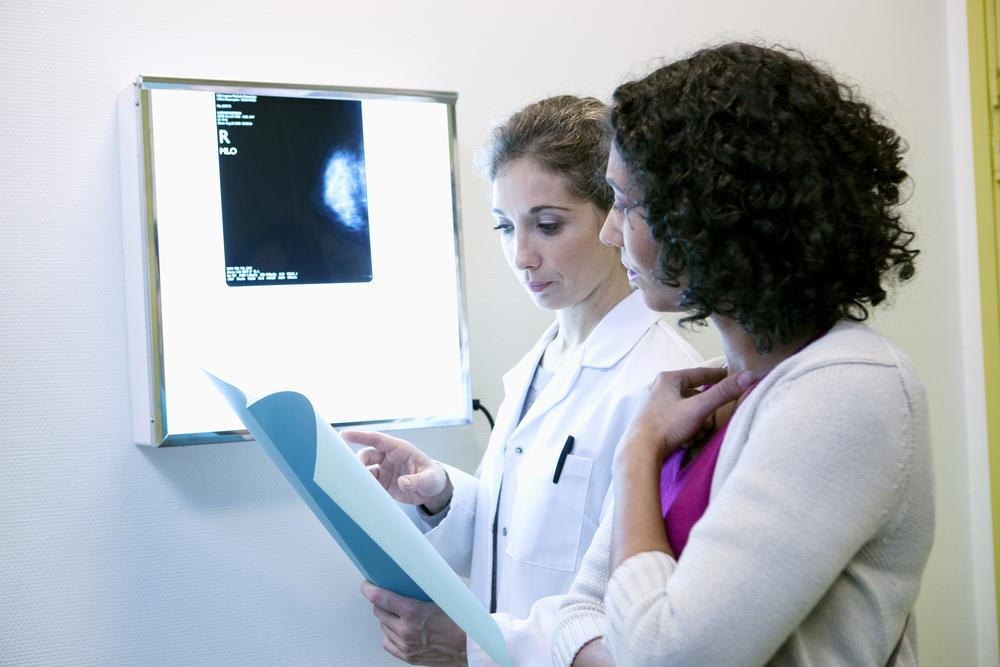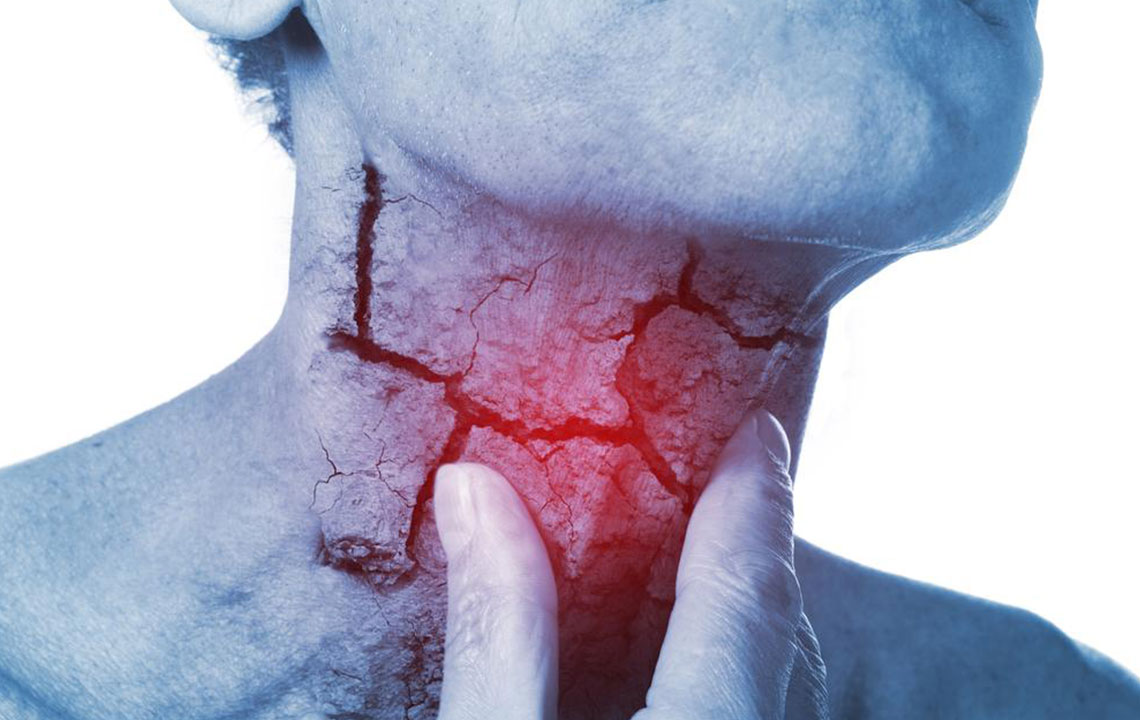In-Depth Overview of Breast Cancer: Types, Risks, Symptoms, and Prevention Strategies
This comprehensive guide explores breast cancer in detail, covering its types, risk factors, symptoms, and prevention strategies. It emphasizes the importance of early detection through regular screenings and healthy lifestyle choices. Learn about various subtypes, risk factors, and the latest statistics to stay informed and proactive in breast health. The article provides valuable insights for women and men to understand, identify, and reduce the risk of breast cancer effectively.

Comprehensive Insights into Breast Cancer: A Guide to Types, Risk Factors, Symptoms, and Prevention
Breast cancer remains one of the most common and deadly cancers worldwide, accounting for a significant portion of cancer-related fatalities among women. Statistically, about one in every eight women will face a breast cancer diagnosis in their lifetime, underscoring its prevalence as a major health concern. This disease arises from abnormal proliferation of cells within the breast tissue, leading to the formation of tumors that can be benign or malignant. Understanding the fundamentals of breast cancer is crucial for early detection, effective treatment, and prevention.
Among various types, ductal carcinoma is the most prevalent, originating from the lining of milk ducts. When these cancer cells invade neighboring tissues and spread beyond the ductal system, the disease is classified as invasive ductal carcinoma, which is more aggressive and harder to treat. Other variants include lobular carcinoma, inflammatory breast cancer, and rare subtypes, each with unique characteristics and treatment considerations.
Understanding the Risk Factors and Causes of Breast Cancer
While some risk factors for breast cancer are beyond individual control, such as age, gender, and genetic predisposition, lifestyle choices and environmental exposures also play a significant role. Most risk factors are non-modifiable, including family history and inherited gene mutations like BRCA1 and BRCA2, which markedly increase susceptibility. However, modifiable factors like alcohol consumption, physical inactivity, obesity, and hormone use can influence risk levels. For example, excessive alcohol intake has been linked to higher breast cancer incidence, emphasizing the importance of lifestyle moderation. Personal health history, such as previous benign breast conditions like hyperplasia, and reproductive factors such as early menarche, late menopause, and nulliparity, also elevate risk. Additionally, exposure to ionizing radiation and prolonged use of oral contraceptives have been associated with increased likelihood of developing breast cancer.
Signs and Symptoms to Watch Out For
Presence of a firm or hard lump in the breast or underarm area, which does not go away after a few weeks
Noticeable changes in the size, shape, or contour of the breast
Alterations in skin texture, such as dimpling, puckering, or redness
Persistent pain in the breast or nipple area that is different from usual discomfort
Inversion or pulling in of the nipple
Unusual nipple discharge, especially if bloody or occurring without squeezing
Swelling or enlarged lymph nodes in the armpit or near the collarbone, which may indicate metastasis
Different Types of Breast Cancer and Their Characteristics
Breast cancer encompasses various subtypes, each impacting specific parts of the breast tissue, including the ducts, lobules, and surrounding tissues. Recognizing these distinctions is essential for proper diagnosis and tailored treatment plans.
Ductal Carcinoma In Situ (DCIS): A non-invasive condition where abnormal cells are confined within the milk ducts, often detected through screening mammograms. Although not dangerous at this stage, if untreated, DCIS can progress to invasive cancer.
Invasive Ductal Carcinoma (IDC): The most common invasive breast cancer subtype that begins in the milk ducts and breaks through the duct walls, spreading to adjacent tissues and possibly beyond. This subtype accounts for approximately 70-80% of invasive cases.
Invasive Lobular Carcinoma (ILC): Originates from the lobules, the milk-producing glands. ILC tends to be more difficult to detect early due to its diffuse growth pattern but can metastasize rapidly.
Lobular Carcinoma In Situ (LCIS): Characterized by abnormal cell growth within the lobules, often considered a marker for increased risk rather than an outright cancer, although it warrants careful monitoring.
Inflammatory Breast Cancer (IBC): A rare and aggressive form that causes redness, swelling, and warmth in the breast, often mimicking infection. IBC tends to progress quickly and requires immediate treatment.
Additional classifications include hormone receptor-positive, HER2-positive, triple-negative, and triple-positive cancers, each influencing treatment choices and prognosis.Preventative Measures and Lifestyle Tips to Reduce Breast Cancer Risk
Proactive lifestyle modifications and regular screening are key to reducing the risk of breast cancer. Maintaining a healthy weight through balanced diet and physical activity helps lower associated risks. Incorporating plenty of fruits, vegetables, and whole grains into daily meals provides vital nutrients and antioxidants that support breast health. Limiting alcohol intake and avoiding tobacco use further decreases risk factors.
Regular self-examinations and clinical screenings, such as mammograms, enable early detection of abnormalities before symptoms develop. Women over 40, or those with significant risk factors, should consider more frequent screenings. Engaging in weight-bearing exercises and avoiding prolonged hormone therapy can also contribute to prevention efforts.
Most Recent Breast Cancer Statistics and Data
This year, it is estimated that approximately 266,120 women in the United States will be diagnosed with invasive breast cancer. Men, though less affected, face a risk with an estimated 2,550 new cases annually. These figures highlight the importance of awareness, early detection, and ongoing research. The majority of cases are linked to gender and age, reinforcing the need for targeted screening protocols for high-risk groups. Advances in treatment and early diagnosis have improved survival rates significantly, but challenges remain in managing aggressive and metastatic forms of the disease.





